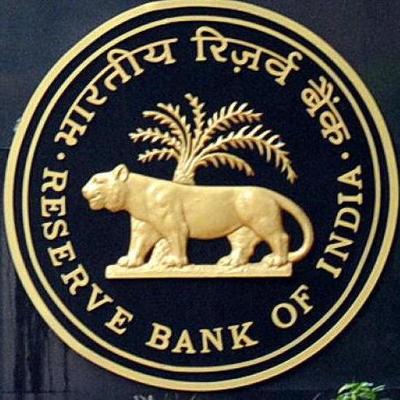The Reserve Bank of India cut the benchmark repo rate—the rate at which RBI lends to banks—by 50 basis points, lowered inflation forecast for January 2016 to 5.8 percent from 6 percent earlier, and kept the cash reserve ratio unchanged.
“Investment is likely to respond more strongly if there is more certainty about the extent of monetary stimulus in the pipeline, even if transmission is Slow,” the RBI said in its statement, on the reason for a 50 basis points-cut when the market was expecting a 25 basis point reduction.
Following are the key takeaways from the RBI monetary policy.
* Global growth has moderated, especially in emerging market economies (EMEs), global trade has deteriorated further and downside risks to growth have increased.
* EMEs caught in a vortex of slowing global trade volumes, depressed commodity prices, weakening currencies and capital outflows.
* Tentative (domestic) economic recovery is underway, but is still far from robust, due to sustained decline in exports, rainfall deficiency and weaker than expected momentum in industrial production and investment activity.
* First advance estimates indicate food grain production expected to be higher than last year.
* Manufacturing growth uneven in April-July, though in expansionary mode for the ninth month in succession.
* Aggregate demand weak, but low input material costs, boosting margins for most producers.
* Commodity prices to be contained for a while, but more domestic demand needed to offset weakening global demand and boost domestic investment cycle.
* Construction activity weakening as reflected in low demand for cement and the large inventory of unsold residential houses.
* Rising public expenditure on roads, ports and eventually railways could, however, provide some boost to construction going forward.
* Services PMI in expansion for the second consecutive month on improving new business, but business expectations remain subdued.
* Inflation ebbing on a combination of low month-on-month increases in prices and favourable base effects, but price pressures in pulses and onions high.
* Inflation likely to go up from September for a few months as favourable base effects reverse. Outlook for food inflation could improve if increase in sown area translates into higher production.
* Rural wage growth remains subdued and corporate staff costs decelerated.
* With services exports moderating, widening of the merchandise trade deficit could lead to modest increase in the current account deficit during Q2.
* GDP forecast cut to 7.4 percent from 7.6 percent due to slower global growth, lack of appetite for new investment in the private sector, constraints of stressed assets on bank lending and waning business confidence.
* Continuing policy implementation, structural reforms and corporate actions boosting productivity will be the primary impetus for sustainable growth.
* RBI stance to continue to be accommodative; to work with government to ensure that banks pass on bulk of the cumulative 125 basis points cut.
Source: http://www.moneycontrol.com/

No comments:
Post a Comment